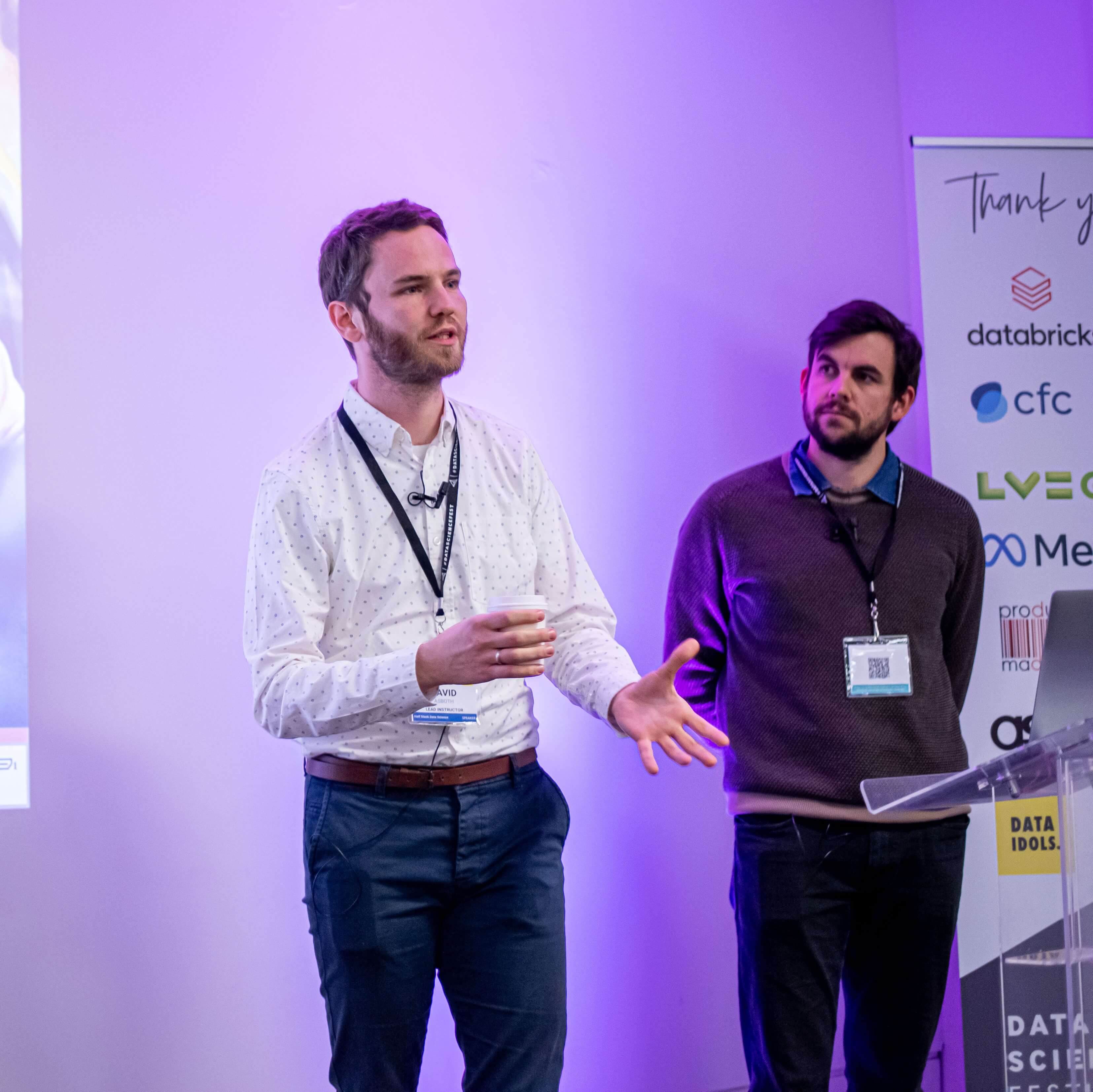I read an article on Machine Learning Mastery recently about getting started with machine learning.
The reason it stuck in my mind was that it discussed a way of learning that I always felt was closer to me and a better way for me to learn, yet I hadn't encountered many resources that teach machine learning that way.
The article calls this approach "top down". I refer to the same approach as "intuition first".
The problem is that most books and online courses, while technically aimed at people with no background in machine learning, are usually too maths-heavy too soon. Andrew Ng's excellent Coursera machine learning course does a good job of introducing the intuition behind the algorithms without getting into too much detail about the underlying mathematics. However, especially in the chapter about support vector machines, I felt there was still a need to step away from the technical details a bit more.
There is a time and a place for deep dives into algorithms and maths, but it's not at the start of your learning.
I know from experience that if I want to learn a new concept, and the first thing I see is equations I'll be discouraged, because there's too much to understand too soon. By teaching the ideas in an abstract way first, you get a "feel" for the concept before you get into the nitty-gritty implementation details.
Here's the idea of top down machine learning, quoted straight from the article:
We can summarize this top-down approach as follows:
- Learn the high-level process of applied machine learning.
- Learn how to use a tool enough to be able to work through problems.
- Practice on datasets, a lot.
- Transition into the details and theory of machine learning algorithms.
I wholeheartedly agree with step 1 being the high-level process. You want to know exactly what you're trying to achieve before you need to formalise it mathematically.
The part I don't agree with is the order of steps 3 and 4. There is a slight danger in doing things that way around.
If you learn the intuition and start practising on datasets without knowing some more details you can get derailed, and it might be difficult to "debug" any problems you encounter. As with any new technique, superficial knowledge of it is fine at the start, but you need to understand it in more depth if you want to actually use it on a real problem.
This is what I propose instead, for an amended version of "top down" machine learning.
- Learn the high-level process of applied machine learning.
- Try some toy examples, get your hands dirty.
- Transition into the details and theory of machine learning algorithms.
- Practise on lots of datasets.
Not a big change, but the key difference is that you should understand the theory in more detail before you spend lots of time practising. Trying some toy problems before diving into the theory will help you put the theoretical concepts into context.
Getting exposed to more theory is mostly for practical reasons, so you understand things like:
- Normalisation - does my data need to be normalised? If you understand the inner workings of a machine learning algorithm you'll intuitively know the answer rather than having to resort to trial and error.
- Metrics - measuring success in machine learning is an important topic and you don't want to be using the wrong metrics to judge how well your algorithm is performing.
- Cross-validation - this might be covered in the high-level process but the idea of training and test sets needs to be drilled home before you start getting too deep.
This might not work for everyone, the mathematically-minded could well prefer an approach where they're given the equations first, but I suspect they're the minority. If the imbalance is the way I perceive it, then there does seem to be a disconnect between the way people learn and the way machine learning is often taught.

About David
I'm a freelance data scientist consultant and educator with an MSc. in Data Science and a background in software and web development. My previous roles have been a range of data science, software development, team management and software architecting jobs.

